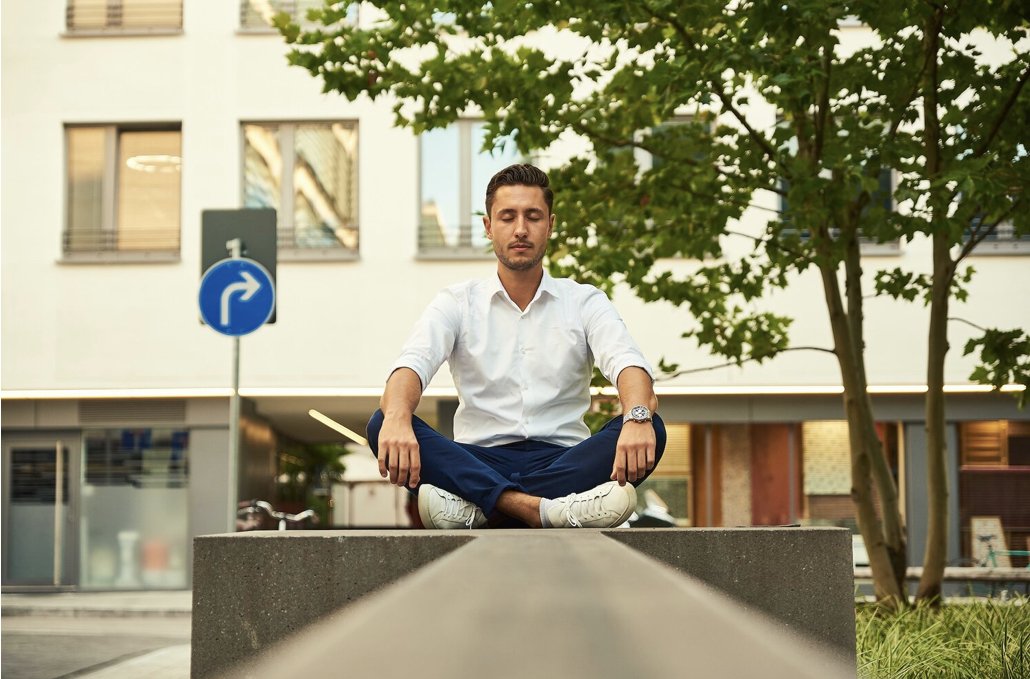The Power of Mindfulness – Incorporating Mindful Practices Into Your Daily Life

Mindfulness is a practice that requires dedication and time, but it is possible to integrate into your daily life. By developing awareness of your environment and internal state, you can build stability and clarity of mind.
Throughout the day, look for opportunities to be mindful. Notice sounds, smells, tastes, touch and sensations — even when doing mundane tasks like washing dishes or sweeping the floor.
1. Breathing Exercises
Breathing exercises are an easy way to incorporate mindfulness into your daily routine. The goal is to focus on your breath, letting it calm the mind and relax the body. You can do this while driving, eating, or even cleaning the house.
Another simple mindfulness exercise is to practice progressive muscle relaxation. This involves tensing and releasing each part of your body, one at a time.
Another breathing exercise that incorporates mindfulness is anchoring your attention on your breath and counting each inhale and exhale. This can be done sitting or standing, and can be as short or long as you want. The more you practice this technique, the easier it will become. Even one minute of mindful breathing can help eliminate distraction, release negative thoughts, and quiet a racing mind.
2. Yoga
As you move throughout your day, be aware of the sights, sounds, smells and tastes around you. Notice how your body feels when you wash the dishes, the sensation of the wind blowing through your hair, or the warmth of a hot shower on your skin.
Instead of getting impatient in a checkout line, take that moment to notice the sights, sounds and smells around you. You might even play the “move and freeze” game: blindfold yourself, let your body move freely until someone yells “freeze,” then notice how you feel once you’re back in place.
It can be hard to build a mindfulness habit in our culture of hyper-productivity. But you can start small and practice wherever you are: a walk around the block, while eating, or before a presentation at work.
3. Meditation
Meditation can be done anywhere and at any time. It involves consciously and intentionally focusing on the present moment over and over again.
This can be a formal type of meditation, like the one mentioned above, but it also can be as simple as counting your breaths or engaging in sensory exercises. For example, a body scan meditation is when you systematically pay attention to the sensations in your body, starting at the toes and working your way up.
Another form of mindfulness is active listening, which can be practiced when you’re having a conversation with someone and giving them your full attention. This can help you retain information and build stronger relationships with others. It can also help you understand and address patterns of negative thinking, such as catastrophizing and personalizing.
4. Journaling
Writing in a journal is an excellent mindfulness practice that can help you understand your thoughts and feelings. You can choose a journal with prompts if you’re new to the practice or a blank journal if you want more freedom to express yourself. Choose a time of day that works best for you, such as the morning or evening.
Engaging in mindful activities can help you connect with others and become more aware of your body, mind, and emotions. Being aware of what you’re doing can also help you make better choices when it comes to your health, such as avoiding fast food and opting for a walk. Incorporating mindfulness into your daily routine can help you feel calm and grounded, even in the midst of a hectic lifestyle.
5. Connecting
The benefits of mindfulness are widespread, including improved decision-making and conflict resolution, better concentration, lowered blood pressure, reduced stress levels, increased pain tolerance, enhanced creativity, and more. It has also been linked to reduced anxiety, depression, and PTSD, as well as improved physical health, sleep, and mood.
There are many ways to practice mindfulness on your own. You can do it in a meditative setting or during everyday activities such as walking or cooking. Just pause and notice your surroundings, and be aware of the sights, sounds, smells, and touch sensations.
Connecting to your inner world through mindful practices can trigger uncomfortable or distressing emotions, so it’s important to work with a mental health professional who is trained in trauma-informed mindfulness practices. A therapist can provide emotional tools that will help you cope with any negative effects and make mindfulness a permanent part of your life.